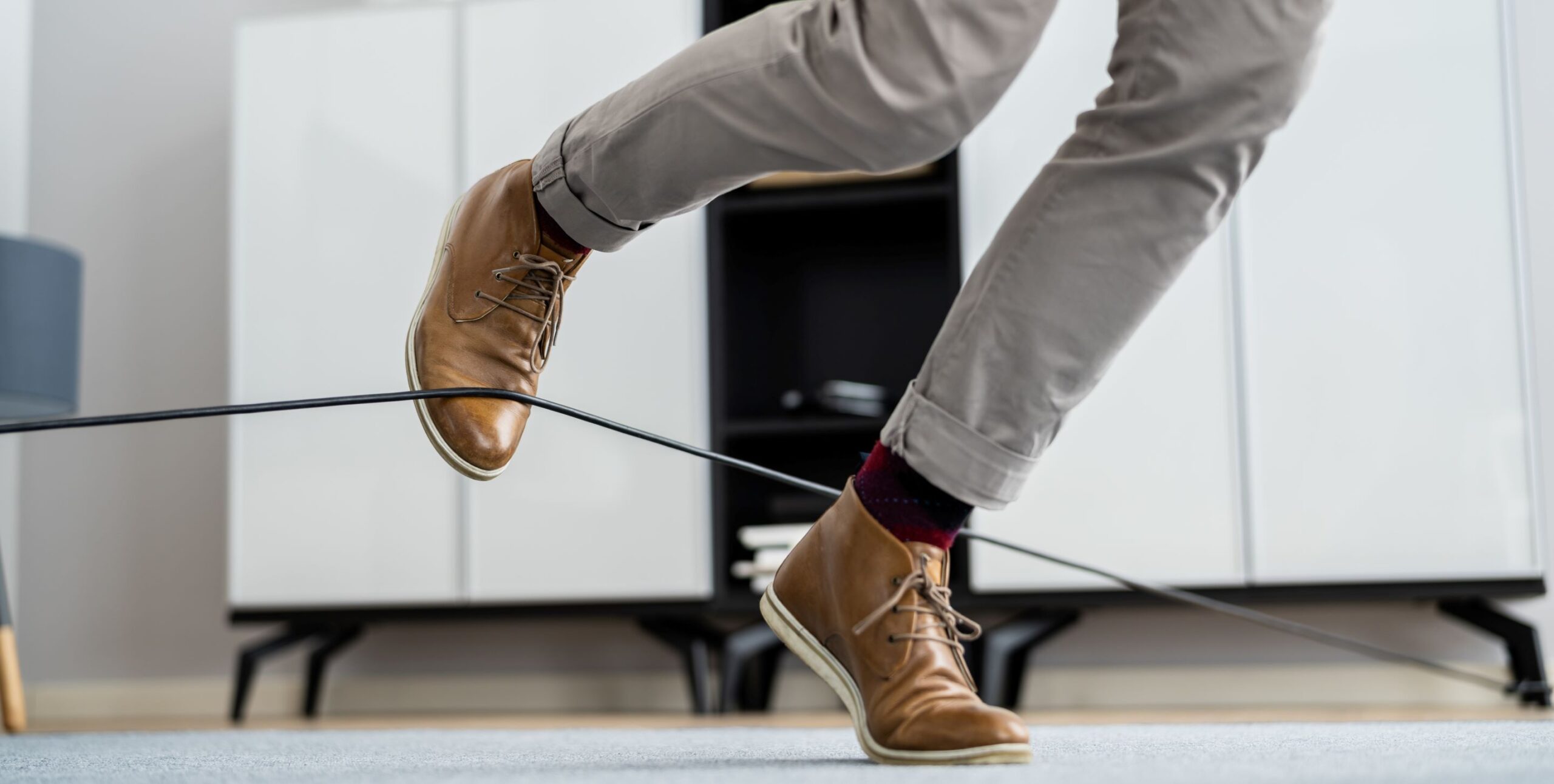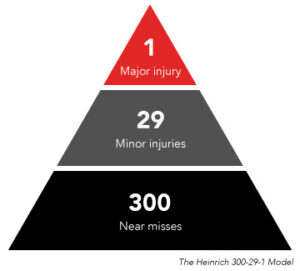Remember to report “near-misses”

 How many times have you nearly slipped on a patch of ice on your way into your school or one of the other buildings in your district? Have you ever tripped on a rug that wasn’t lying completely flat, but then recovered and went about the rest of your day without telling anyone?
How many times have you nearly slipped on a patch of ice on your way into your school or one of the other buildings in your district? Have you ever tripped on a rug that wasn’t lying completely flat, but then recovered and went about the rest of your day without telling anyone?
These near-miss incidents might seem small compared to other parts of your day, but you’re not doing your co-workers (or visitors to the building) any favors by keeping quiet about what happened. CM Regent encounters many claims that could have been avoided if employees had reported previous, near-miss incidents.
Heinrich’s Incident Ratio Model is a sobering reminder of how important it is to report near-misses. It indicates that of 3,000 unsafe acts, behaviors or conditions that occur in the workplace, 300 result in a near-miss incident. Of the 300 near-miss incidents in the workplace, 29 of them result in accidents having minor injuries to employees. Of those 29 accidents, one of them results in an accident that causes serious injury or death.
How do you turn your workplace into an environment that learns from near-miss incidents and improves its safety practices as a direct result of reporting? Here are some tips:
- Make sure your staff members know there will be no repercussions from reporting near-misses. They should not have to fear any disciplinary action. Ideally, this communication would come directly from your leaders, who will stress the importance of documenting any potential hazards to protect everyone in your school.
- Create a process for reporting near-misses. Ideally, this would be a short, online or written form that staff members could fill out. The emphasis is on “short,” because your employees are much less likely to make a report if they feel it will be time-consuming. Make sure they know exactly how to make a report, and remind them frequently.
- Establish a follow-up process. It does no one any good if your staff members dutifully report their near-misses, and then nothing changes. Put together a response team that follows up on reports within a designated time period—say, 24 hours. In cases of ice and other such hazards, there should be immediate follow-up.
According to Heinrich’s Incident Ratio Model, when you report, investigate and remediate near-miss incidents, you may reduce the frequency and severity of injurious accidents.
Are there other ways you can help foster safety in your workplace to help keep your employees safe? Get some ideas by looking through more employee safety risk resources at cmregent.com.




